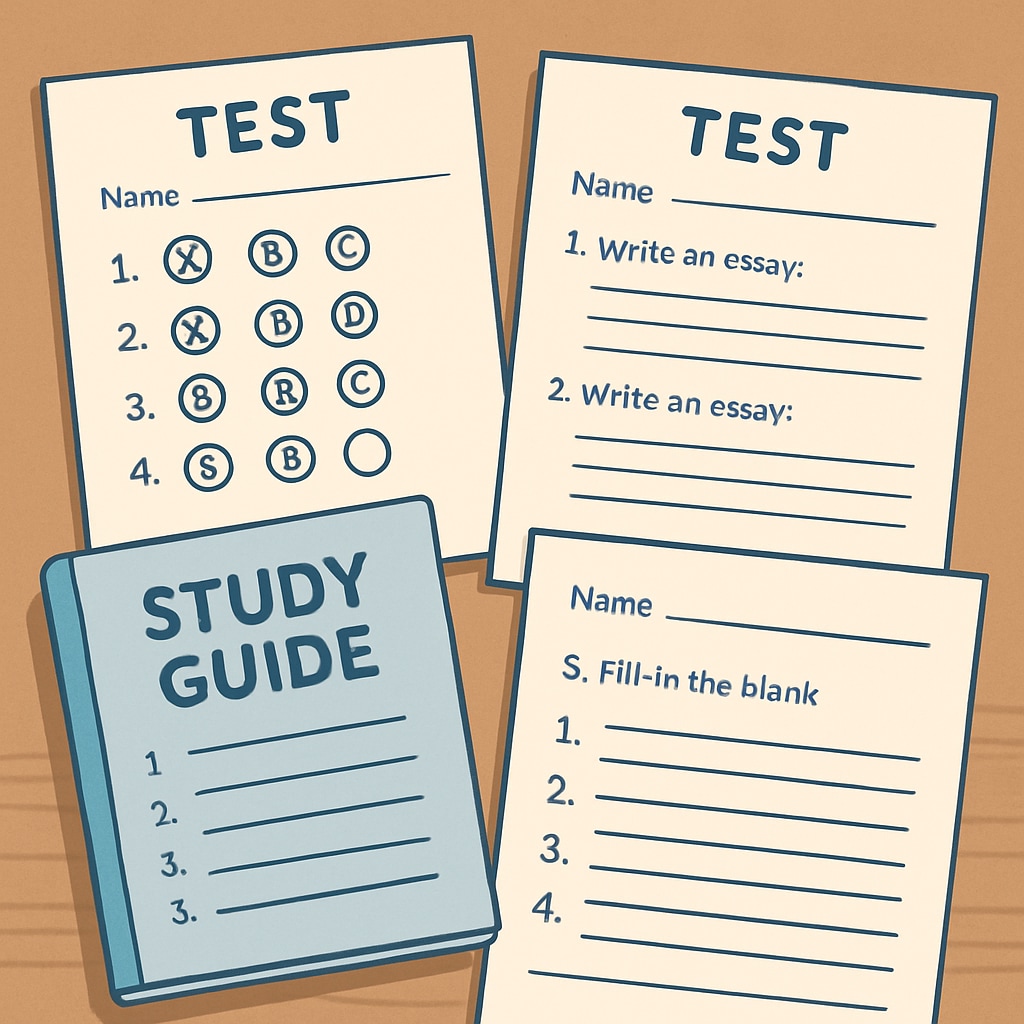Identifying and utilizing “测验资源” (test resources) can significantly impact a student’s learning journey. For educators and parents, finding high-quality test materials is not just about assessment but also about fostering critical thinking, promoting self-reflection, and targeting specific learning areas. In this article, we will explore the importance of quality test resources, effective methods to locate them, and how they can be leveraged to create personalized learning experiences for K12 students.
Why Quality Test Resources Matter
Test resources serve as more than just tools for evaluating knowledge retention. They can act as catalysts for deeper learning when designed thoughtfully. For example, well-constructed test questions challenge students to apply concepts, analyze scenarios, and synthesize information. This process encourages critical thinking and problem-solving skills, which are essential for long-term educational success.
Moreover, high-quality test resources provide valuable feedback to both students and educators, highlighting areas that require improvement. This allows for targeted interventions and personalized approaches to learning, ensuring that students achieve their full potential.

How to Identify Reliable Test Resources
Finding trustworthy and effective test resources can be challenging, but the following tips can help:
- Accredited Sources: Look for materials endorsed by reputable educational institutions or organizations like Britannica.
- Curriculum Alignment: Ensure the resources align with the curriculum standards of your region to maintain relevance.
- Feedback Mechanism: Opt for tests that provide detailed feedback, enabling students to understand their mistakes and learn from them.
- Diversity in Format: Seek resources that include various question formats, such as multiple-choice, short answer, and essay questions, to cater to different learning styles.
By following these guidelines, educators and parents can ensure that the test resources they choose are effective and beneficial for students.

Utilizing Test Resources to Enhance Learning
Once reliable resources are identified, the next step is to use them effectively. Here are some strategies:
- Regular Practice: Encourage consistent testing to help students internalize concepts and build confidence.
- Adaptive Testing: Utilize tools that adjust question difficulty based on student performance, ensuring a tailored learning experience.
- Group Activities: Incorporate test discussions in group settings to foster collaborative learning and shared insights.
- Self-Assessment: Promote self-administered tests to help students develop responsibility for their own learning progress.
For example, platforms like Khan Academy offer adaptive test resources that cater to different levels of learning, making them an excellent choice for K12 students.
In addition, educators can use test results to design tailored lesson plans, focusing on areas where students struggle while reinforcing their strengths. This approach ensures a balanced and effective learning experience.
Conclusion: The Hidden Potential of Test Resources
Quality test resources are more than just evaluation tools—they are essential components of an effective educational strategy. By identifying and using these resources wisely, educators and parents can provide personalized learning experiences that empower students to achieve their academic goals.
Whether it’s through accredited platforms or curriculum-aligned materials, the effort to find and utilize reliable test resources is a valuable investment in a student’s future. As a result, their learning experience becomes not only more targeted but also more engaging and impactful.


